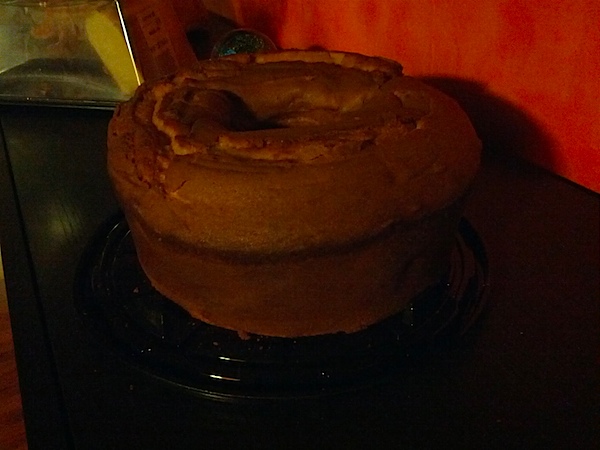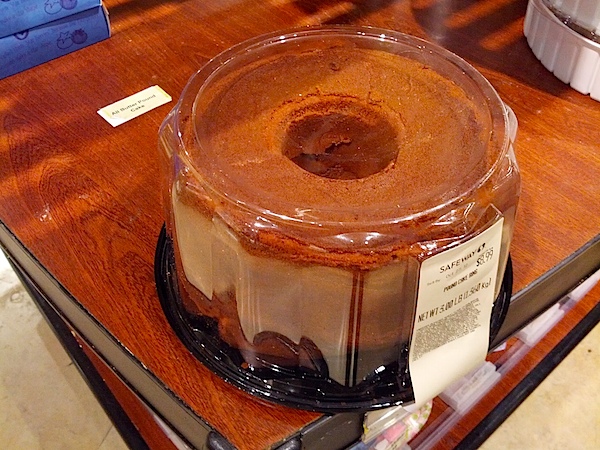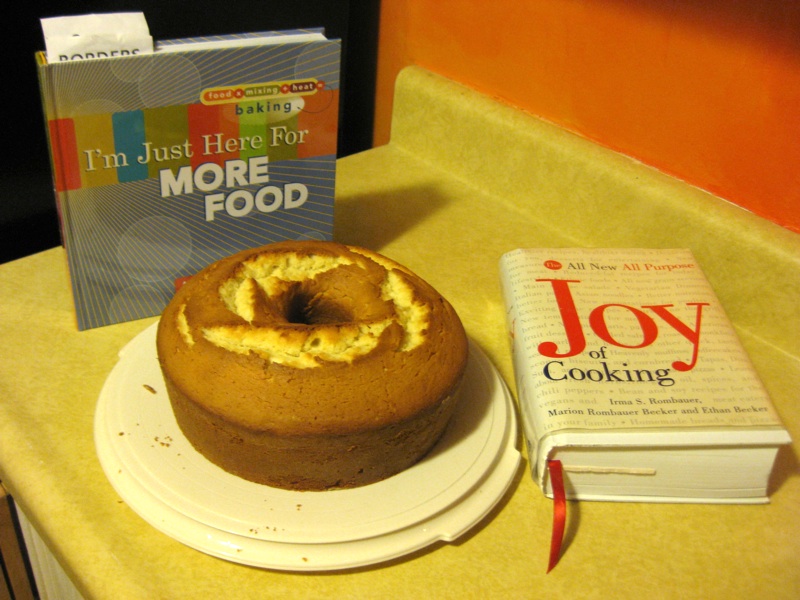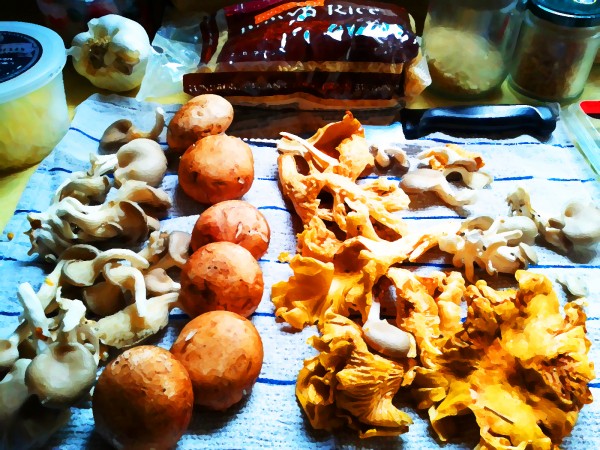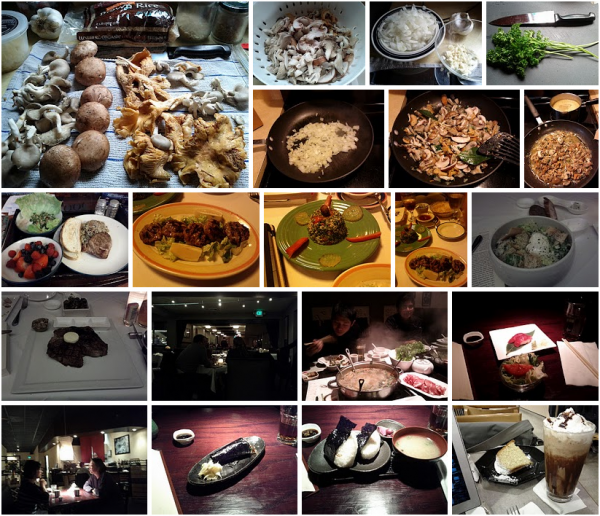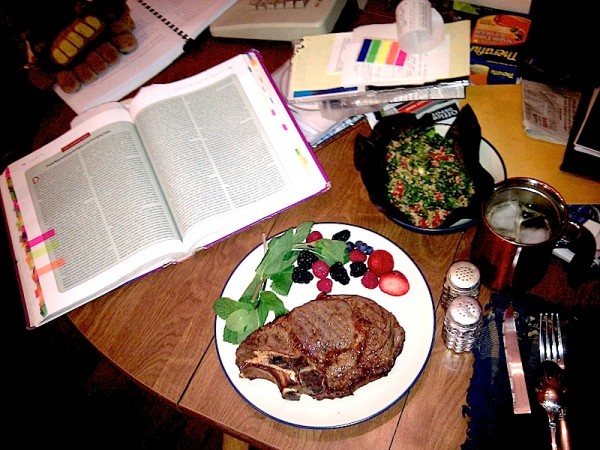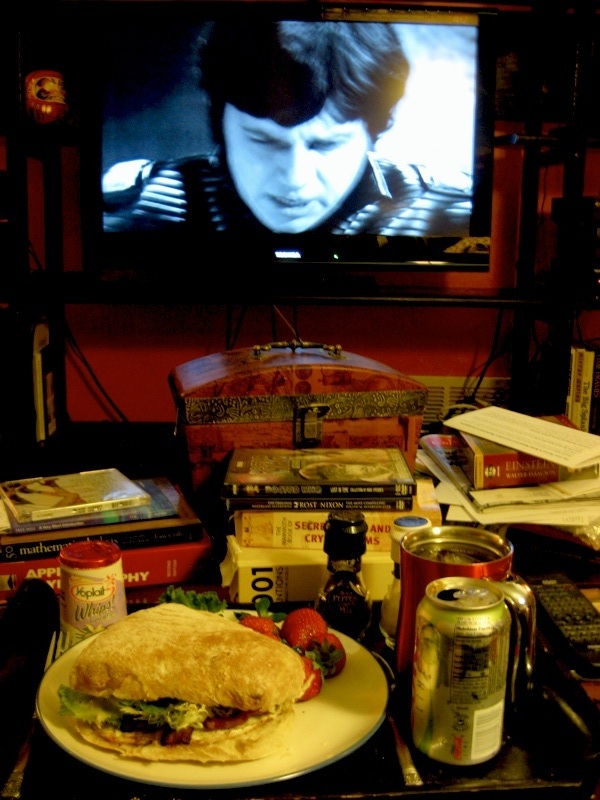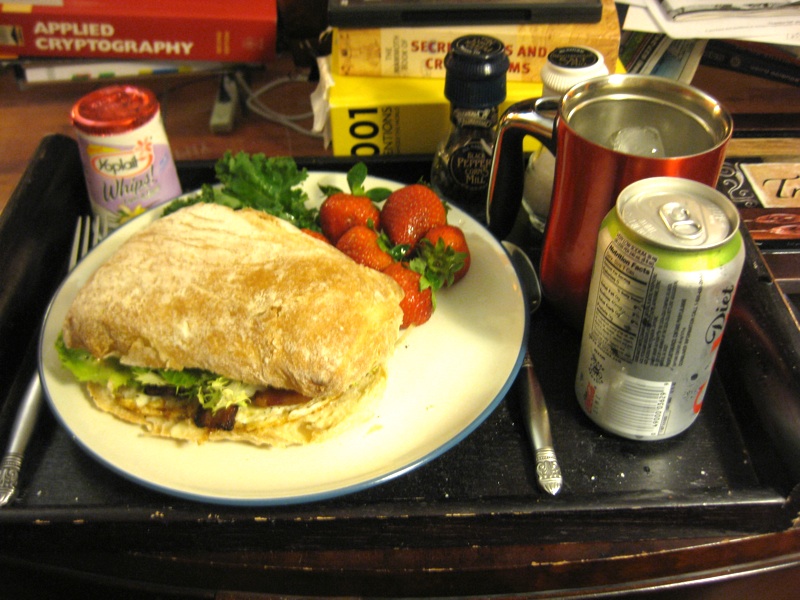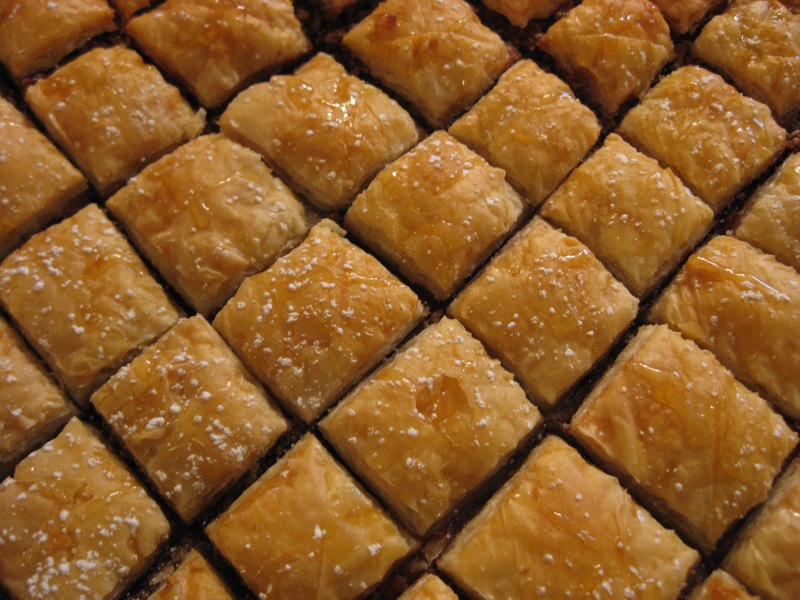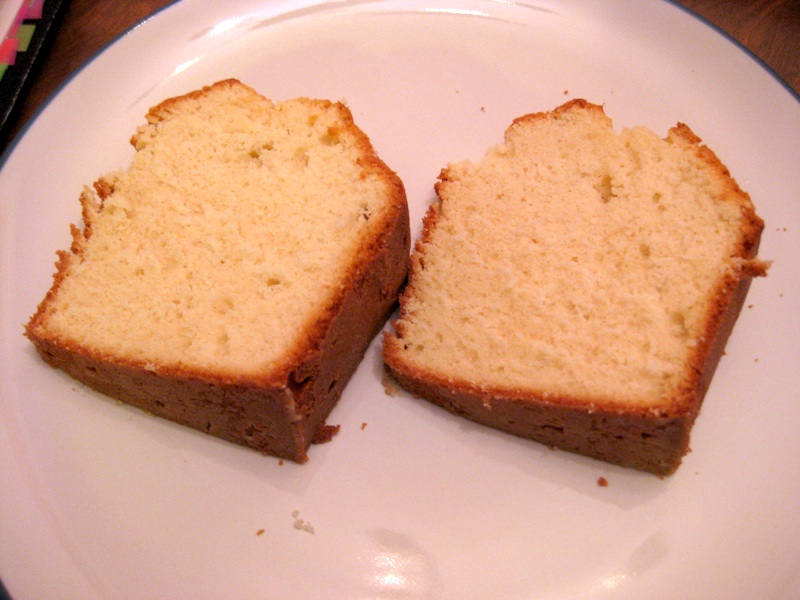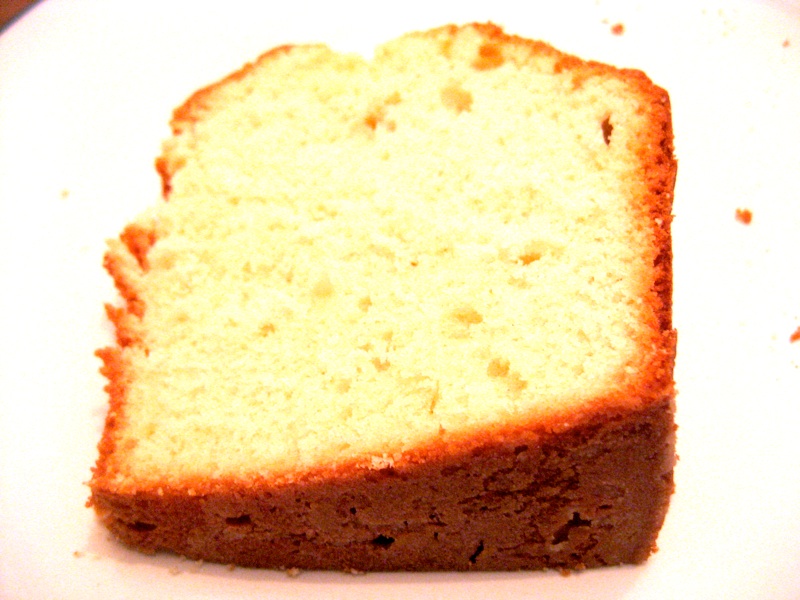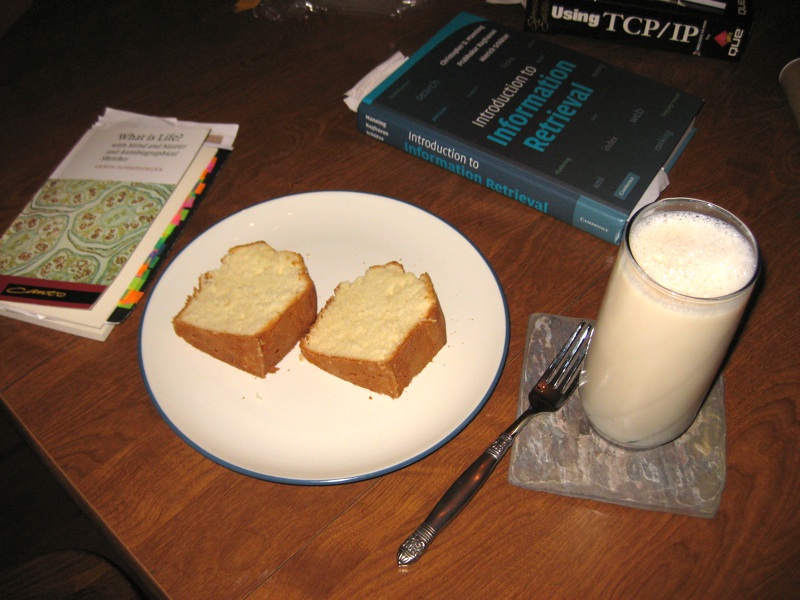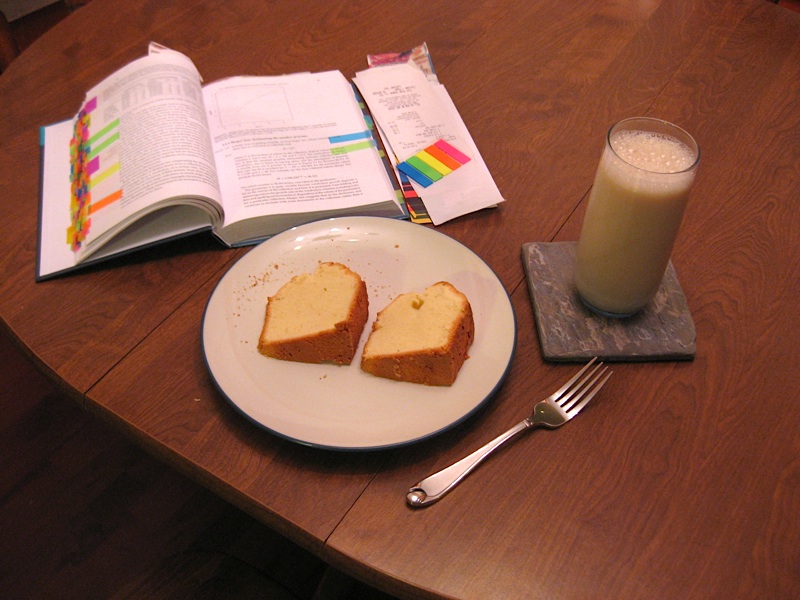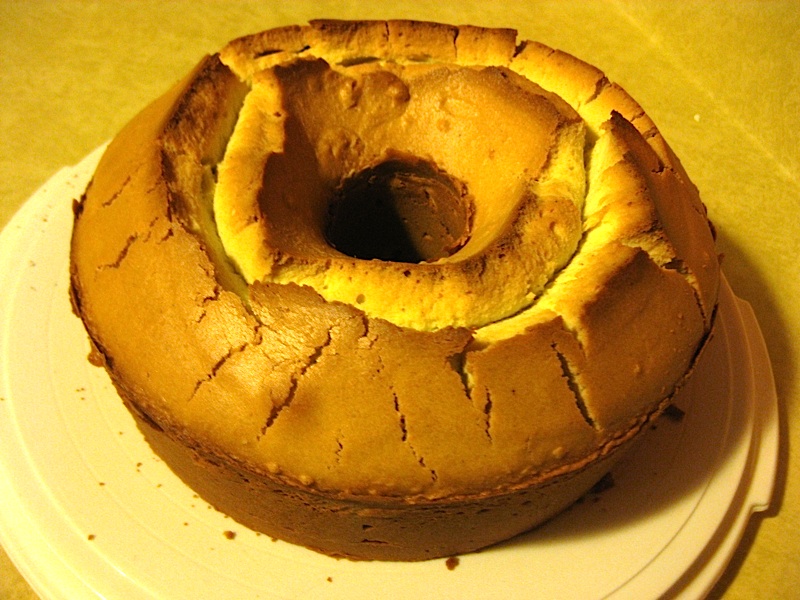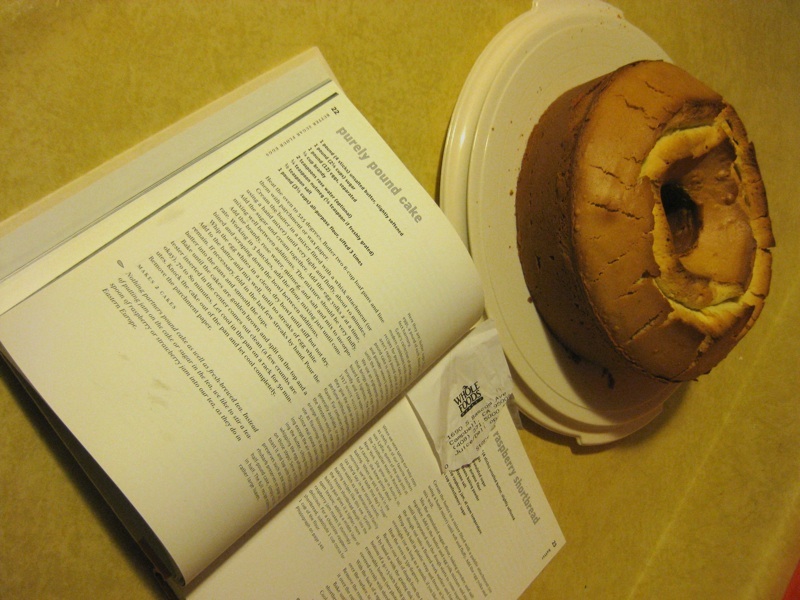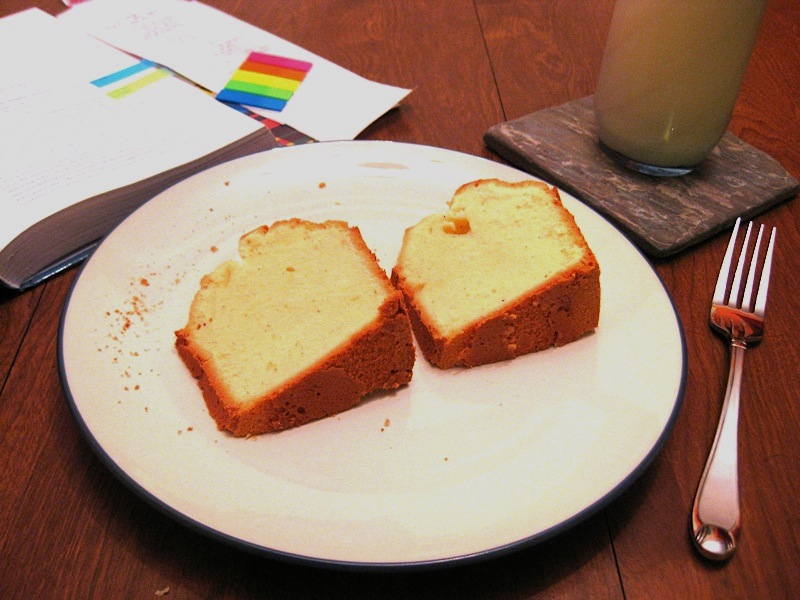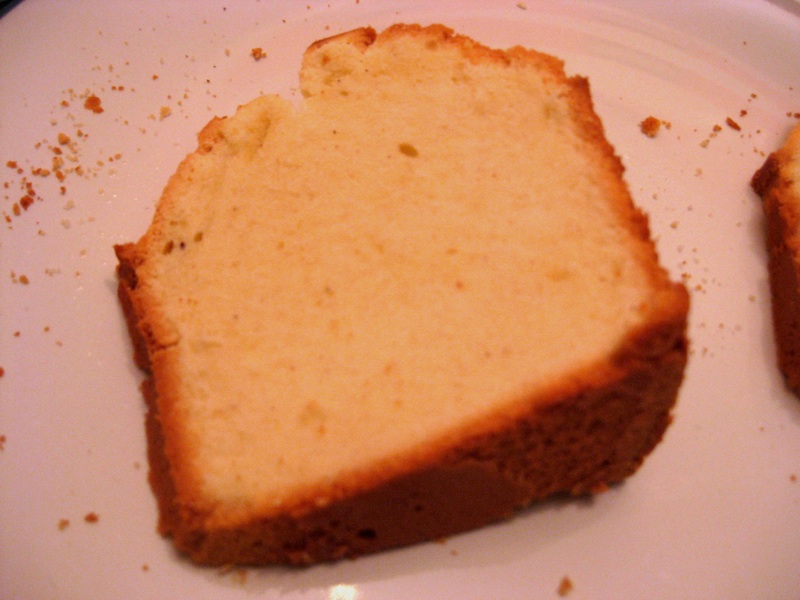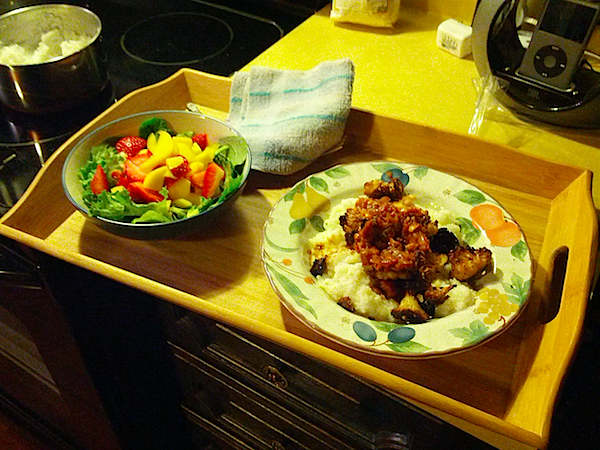
I'm not vegan - I'm a carnivore. But there are lots of reasons not to eat meat: many different schools of dietary science recommend restricting your meat intake, meat preparation often involves unnecessary cruelty to animals, raising animals for meat causes more environmental damage than plant harvesting, and it's more expensive.
Plus, my wife is almost vegetarian, so avoiding meat when we are together makes it easier for us to share.
But one of the Southern foods I love, shrimp and grits, is not vegetarian. I love it for the flavor, and for the science: shrimp and scallops are both small food items, so they cool rapidly; embedding them in a bowl of hot grits both keeps them warm and imparts flavor to the grits. And besides, man, come on: cheesy grits and hot sautéed shrimp or scallops. How can you go wrong?
But I'm always thinking of how to adapt dishes so my wife and I can eat together. And it struck me: one of the things we love to eat is baked cauliflower. My wife chops cauliflower up into small florets, brushes them with a little olive oil and a little seasoning to taste (paprika, seafood seasoning, even wild and crazy things like allspice or nutmeg might work) and cooks them until they're turning crispy.
So why can't that be put on grits in place of shrimp?
We talked about it and agreed to the idea. A simple salad - organic greens, mango, walnuts, inspired by a salad from Aqui - grits, and vegan attempts at scallops and shrimp. After we agreed to the menu, I researched recipes online, found a mushroom based scallop recipe, and called back to confirm with her what she wanted. We cut out a few things from the recipes she didn't want (the cheese, etc) and I picked it all up.
What can I say? It turned out awesome. We both went back for seconds, and were so taken by the shrimp and grits we forgot to eat the bread we'd prepared and she actually never got to her salad before she was full. (I ate mine, though. :-) Here are the pieces of what we did, and then I'll tell you how we put them together into a meal. All of the below served two people, and we were overly full.
Mango Walnut Salad
We always eat salad; I in particular need it with almost every meal, or it doesn't go down well. Even in full on carnivore mode, I'd rather have steak and salad than steak and potatoes. To partially recreate my favorite mango walnut salad from Aqui … the ingredients:
- 1 package organic greens (preferably washed, but hey…)
- 1 mango
- 1/2 pint strawberries
- Chopped walnuts
- Dried cranberries
- Sweet dressing (preferably mango, but what floats your boat…)
Wash or otherwise prepare the organic greens. Dice the mango. Wash and slice the strawberries. Assemble the salad by adding greens, walnuts, cranberries, mango and strawberries to taste (Obviously, we did not use all the ingredients; my wife will be eating from the above for several days, as is her habit). Add dressing to taste or make the dressing available on the table (axually, me and my wife often eat the salad dry, but that's an idiosyncrasy from training ourselves to use very little dressing).
French Bread Toast
One good addition to shrimp and grits is toast. We don't even use cheesy toast or garlic bread, just a good french bread. Ingredients:
Slice off several pieces; do so diagonally if you want more surface area. Toast until your favorite degree of brown. Not hard. Don't forget to eat this as you are scarfing down grits later, or you will be sad that you have missed part of the experience.
Crispy Cauliflower Vegan Shrimp
These don't taste that much like shrimp, really, but they serve the same role in the dish and they're awesome. Ingredients:
Preheat an oven to … uh, I dunno, my wife cooked this. Preheat it to something or other that's really hot. (UPDATE: my wife says to heat it to 450 to 430). Chop up or break up the cauliflower into small florets, a bit larger than a shrimp. Let it dry before you put the oil on or it is soggy (but that doesn't taste bad either). Put the cauliflower in a bowl and add enough olive oil to coat them without making them soggy - just kind of drizzle it on and stir it around real good. Add spices - use seafood spices if you want a shrimpy taste. The great thing about cauliflower is you can use almost any seasoning you want. Paprika oddly doesn't have much flavor, my wife claims; dill is better, but the ones listed above are her three favorite. Place tray in oven. Leave for ~1 hour-ish, removing when the cauliflower starts to crinkle up. You have a LOT of leeway on this, as roasted cauliflower is edible and delicious all the way from almost purely raw to shriveled and almost burnt.
King Oyster Mushroom Vegan Scallops
These are the thing that make the dish. I adapted the recipe King Oyster Mushroom Vegan Scallops to make this and it was awesome. We used only four oyster mushrooms and were sad; we should have used 8. Ingredients:
- 8 "king" size oyster mushrooms
- 1 Shallot or other oniony thing
- Ground pepper
- Soy sauce, tamari sauce, or an equivalent salty marinade
- Honey, brown sugar syrup, or other sweet taste
- High heat safflower oil
Lightly wash and pat dry the oyster mushrooms; they need to be very dry to absorb the marinade. Shallots as we used them are orangey garlicky looking things; chop up one or one half shallot clove into very tiny bits. Add the mushroom pieces and shallots to a bowl and drench with enough soy sauce to either cover them or mostly cover them so you can repeatedly drizzle the sauce over with them with a spoon (we did the latter). Add a small amount of honey, or more if you want a sweeter taste. (The original poster recommended other optional things like liquid smoke, which are out of my cooking league at this time). Add ground pepper. Let marinade for 15-30 minutes or so, until the oyster mushrooms are picking up the color of the marinade. Then we're ready to cook, though we want to time it to finish up with the grits and other stuff.
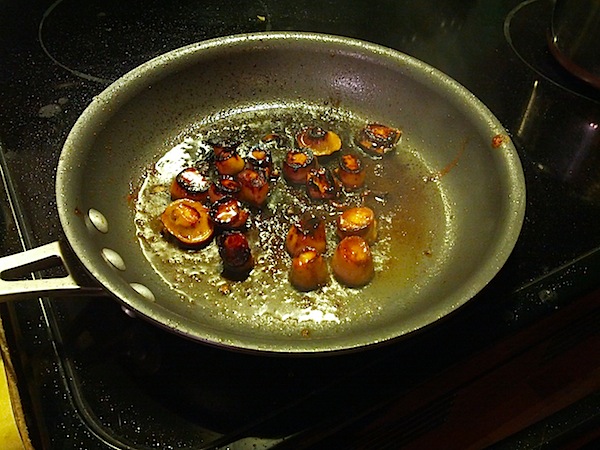
Take a pan and heat it to high heat with a dollop of high heat safflower oil. Add the mushroom discs, flat side down; don't stir around too much or you will "disturb the sear". After a minute, flip the mushrooms and let them sear again. Then add the rest of the sauce. This is the point where big boys and girls who read Cook's Illustrated can add a splash of white wine or liquid smoke to get a more complex flavor.
"Next is the most important part to good scallop mushrooms" says Kathy of the King Oyster Mushroom Vegan Scallops recipe, and she ain't lying. Turn the heat down to medium high and tilt the pan so the juices and 'shrooms pool together and use a spoon to lift and pour the juices over the mushrooms. The heat will continue to evaporate the sauce; I guess this is what big boys and girls who read Cook's Illustrated call a reduction, but I just call it thirty one flavors of delicious. Keep doing this until the sauce is almost gone and the "scallops" are nice and dark and cooked.
Oh, on timing, you want to do this whole step almost last. I'll get to that in the next sections.
Grits
Get a package of grits, boil water, add grits. Follow the package. Butter and such are not necessary; you'll have topping. Oh wait, thanks to a blog post crash I can now ask my wife what she did. Ingredients:
- 1 cup white corn grits
- 3 cups water
We did old fashion grits rather than instant grits, probably because I was at Whole Foods but it turned out to work out really well for us. Follow directions, but basically, it's boil the water, add the grits, turn the heat down. It depends on the grits you get.
Topping for Vegan Shrimp and Grits
When I have shrimp and grits at a place like Nola, the grits are usually drizzled in some kind of barbecue sauce and/or the shrimp and grits are drizzled in some combination of barbecue sauce and a salsa like topping. When I looked online, I found a recipe which seemed similar, Vegan "Shrimp" and Grits, but it was tofu based. From it and my leftover ingredients I improvised the following topping. Ingredients:
- the rest of that shallot you used earlier, or a similar oniony thing
- 2 cloves garlic
- 1/4 white onion
- Olive oil
- Soy sauce
- Salsa
Chop up the shallot really fine. Do the same thing to the garlic. Dice the onion. In a saucepan, add olive oil at medium high heat, then add your onion mixture. Cook until the onions are golden brown or at least translucent. Then add the soy sauce and flinch back from the spray of oil. The boiling liquid will cook the onions the rest of the way (seriously, I'm not joking around about the soy and the flinching; I do this for other dishes too and it's a perfectly legitimate if messy cooking technique). Add the salsa once the mixture has started to reduce. We went heavy on the salsa and reduced it until it was thick, but in hindsight when I eat this the sauce is often runny enough to pour out over the grits and give them a good flavor. You might achieve this with more soy or Worcestershire sauce.
On timing, I actually did the king oyster marinade first, then used the shallot while making this, then came back to finish off the sautéing of the "scallops." So now's a good time to talk about how to put this all together.
Practically Vegan Scallops and Grits
Prepare your salad first and set it aside. Cut your bread and set it aside, preparing to toast it at the last minute. If you're making vodka mango smoothies to go along with your meal (recipe not shown), do that in advance too. Start the cauliflower. Chop and prepare the marinade. Start the grits. Chop and prepare the topping. Around this time(ish) take the grits off. Pour the finished topping off. Sauté your mushrooms. When they're almost done, start toasting your bread. Take the mushrooms off. Scoop grits into your bowl. Scoop scallops on top of the grits. Scoop cauliflower on top of the grits. Add your topping to taste. Add your toast pieces. Make sure you have forks, knives, salt, pepper, and optionally Tabasco.
Bring out your salad bowls along with your bowls of vegan grits, serve, eat, and bliss out.
The yums. Definitely doing this again.
-the Centaur
Afterword: Why "Practically" Vegan?
Well, my wife feels like she's about done with animal products, except for eggs that she can verify the source of from local farms, or the occasional cheese or daily product as part of a vegetarian meal at our favorite local restaurant, but I'm not vegan, and I didn't take any special steps to make sure the ingredients for these recipes were vegan.
So the practical upshot is, I can't guarantee these recipes are vegan. The source recipes are vegan and we're pretty sure all the ingredients were plant products, but I am not a vegan, and I can't guarantee that some non-vegan items didn't slip their way in there.
After-afterword: What's up with this blogpost?
If you read it earlier, and it was weirdly truncated, it was because of some weird interaction between WordPress, Ecto, and me slamming my laptop lid when I thought Ecto had finished uploading my blog entry. The downside is I had to rewrite half of it and it's much less funny when I'm not typing at 500 words a minute trying to finish before Coupa Cafe closes. The upside is my wife was behind me while I typed, cooking another iteration of this meal for her late-night dinner, and she filled in a lot of the things that I missed and corrected some things I got wrong.





